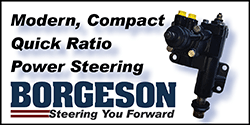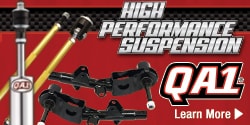my5thmopar
Life Long MOPAR Owner
I can't get under the D100 because its too low to the ground. I'm getting varying descriptions of the process. If jack stands are placed under the axle tubes, and the front tires on cribbing, will the readings be accurate? I know you want to replicate the suspension being loaded. Is this acceptable or do I need to have the rear tires on cribbing too? I know I'm overthinking this but, I want to get the most accurate reading I can. I have to pull the axles again to find out why the new inner seal is leaking. Craig
















